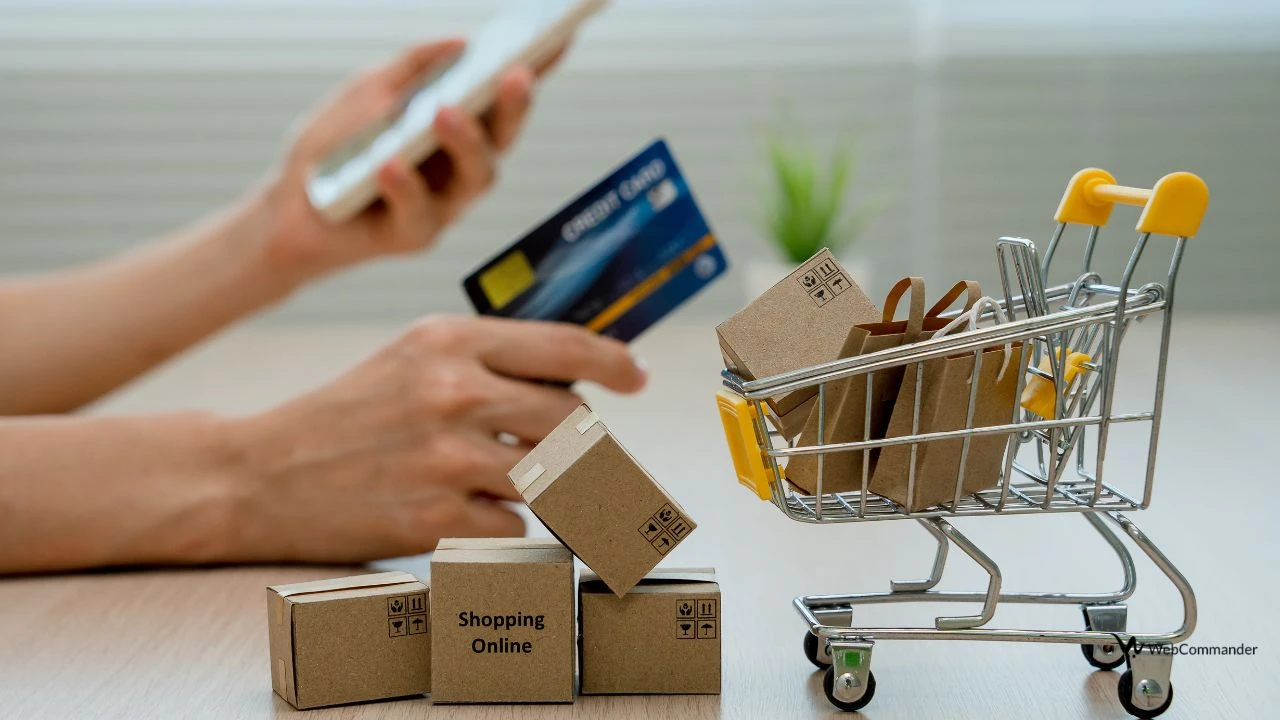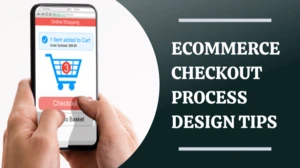Top 8 B2B Ecommerce Trends to Watch in 2025
Today's B2B buyers expect easy online ordering, mobile access and personalised experiences just like they do when they shop as customers. The way businesses sell, manage relationships or deliver value is changing. And the shift in expectations is actually driven by a new generation of decision makers who prioritise digital-first, well-informed and value efficiency.
No matter whether you are a manufacturer, wholesaler, or distributor, you need to understand that these changes are a must if you want to stay relevant and remain on buyers' radars.
Keep going to learn more about 8 B2B ecommerce trends that are bound to impact the B2B industry in 2025 and beyond.
1. Omnichannel now plays a key role in the buying decision
Omnichannel is gradually becoming a critical factor in B2B buying decisions.
In the B2B setting, buying decisions are not just limited to face-to-face meetings or phone calls. B2B companies need to do well across other channels as well, including digital self-service, hybrid models and B2B marketplaces like Amazon Business or Alibaba.
No matter how the buyers choose to shop, when all of your product info, customer data and orders are in one place, you can offer a consistent and smooth experience.
Also, in most B2B transactions, multiple people are involved in the process. It is omnichannel strategies that allow all to access the same updated information, pricing and documents.
No wonder companies are investing more in omnichannel infrastructure to meet buyers where they are and influence their purchasing decisions effectively.
2. More B2B brands are building mobile apps

It is no surprise that mobile usage continues to dominate digital interactions. And there is no exception in terms of B2B ecommerce as well.
As per a report, 90% of B2B buyers who have a positive mobile experience are more likely to purchase again from the same vendor, while around 50% of those who have a poor mobile experience are less likely to do so.
Mobile apps do not just work as digital storefronts; rather, they work as a vital tool for communicating real-time inventory and gathering customer reviews. Distributors and wholesalers use apps to allow customers to check product pricing and availability. On the other hand, manufacturers also use them to offer instant updates on production timelines or order tracking.
Mobile apps eventually offer several key advantages, including,
- Real-time communication
- Personalisation
- Offline access
- Speed and performance
So, mobile experience is no longer optional.
3. B2Bs are using AI to automate ecommerce marketing
AI is no longer just a buzzword in B2B ecommerce; it is continuously reshaping how companies approach marketing, personalisation and customer engagement.
A new report found 67% of B2B ecommerce companies are continuously using artificial intelligence (AI) and machine learning to drive growth.
AI lets marketers automate their repetitive marketing tasks like campaign triggers, email scheduling and social media posting. For example, AI-powered email platforms can provide personalised messages and send personalised emails at the optimal time, considering buyer behaviour, increasing open and conversion rates.
Companies also use AI to analyse large volumes of customer data, including past purchases, browsing behaviour, location and engagement levels. Another powerful application of AI in B2B ecommerce is dynamic pricing. AI algorithms are used to analyse factors like competitor pricing, customer demand and order history.
4. The Ecommerce influencer market is growing continuously

As per a survey by the influencer marketing hub, it has been found that 51% of the companies are contributing to the growing influencer market in recent days.
Influencer marketing is no longer just for the B2C brands. B2B companies are also using influencer partnerships alongside other traditional marketing channels like email and content marketing.
Today, influencers are helping in promoting new digital platforms or solutions, educating buyers about complex systems, and driving traffic to webinars, product launches or whitepapers.
Mostly, influencers who are industry experts, thought leaders, analysts or well-known professionals add more weight through their trusted voice.
5. Subscription-based selling is booming
Once dominated by B2C services like Netflix and Spotify, subscription selling is making a significant impact in the B2B ecommerce space. Instead of just one-off purchases, businesses offer products and services on a recurring basis.
This model allows businesses to predict revenue more accurately while minimising the need for repeated ordering, approvals and other administrative effort. 33% of B2B buyers say that they look for repeat orders and subscription options when purchasing online.
It is widely used in:
- SaaS platforms
- Marketing tools
- Office and industrial supplies
- Data subscription
6. Guided selling becomes a core strategy
According to a report by Gartner, 75% of B2B sales organisations will implement guided selling in 2025. Teams use guided selling using tools like AI, data analysis and automation to recommend the right products, prices and content to the buyers based on their needs and behaviours.
Even in the setting of complex, multi-step B2B purchases, adopting guided selling helps organisations to close deals faster, minimise confusion for buyers while making every interaction feel tailored.
Often, buyers face too many choices when buying something. Guided selling helps one with relevant product recommendations, making it easier for buyers to decide. It eventually acts like a smart assistant that guides users step by step.
7. Marketplaces are becoming key sales channels

A report by Statista states that giant companies such as Alibaba and Amazon lead the ranking of generalist B2B marketplaces.
Earlier, B2B sales used to happen mostly through direct relationships or distributors, but day by day, marketplaces are reshaping how products are discovered and purchased. Nowadays, buyers prefer marketplaces as they can perform everything from comparing products to reading reviews to checking prices, all in one place.
B2B buyers are gradually shifting toward self-service and digital-first purchasing behaviours, and marketplaces are what offer the convenience, transparency and speed that traditional sales can't offer. Also, marketplaces make it easier to reach global customers, improve visibility and benefit from advanced ecommerce infrastructure.
8. Headless architecture is becoming a game changer
Unlike traditional ecommerce, headless architecture allows businesses to update or redesign the user experience without affecting the underlying system.
With a headless commerce solution, companies can easily adapt to market needs or buyer expectations. As the front end remains separated, content and product information can be easily delivered to other channels, from websites to apps to marketplaces to event IoT devices.
Gartner reports that, by 2025, 80% of b2B sales interactions are expected to take place through digital channels, which makes headless architecture essential if one wants to deliver a consistent experience across web, mobile, social and app platforms.
Final words
Eventually, the B2B ecommerce landscape is evolving way faster than ever. The technological advancement, buyer expectations and agile solutions are acting as the driving force behind this transformation. All the trends we have discussed above are not just shaping the future but redefining how the B2B companies actually sell, scale and succeed.




![How to Start an Ecommerce Business in Australia [2023 Guide]](/template/5731a701/images/resource-blog-right-img1.png)





